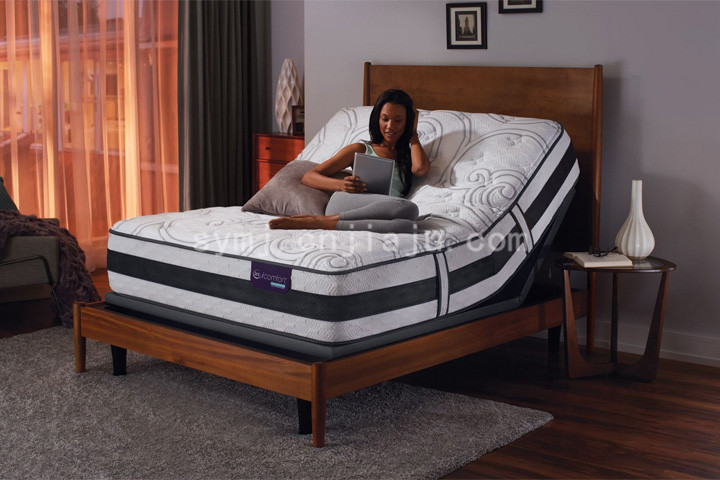Ming Style
Ming-style furniture is known for its simplicity, elegance, and refined craftsmanship. Unlike later dynasties, there was no specific genre or regional style associated with Ming furniture. It was characterized by clean lines, solid construction, and a focus on natural beauty rather than excessive ornamentation.
Cantonese Style
Cantonese-style furniture became prominent during the Qing Dynasty. Guangzhou, as a major port city, played a key role in importing high-quality woods from Southeast Asia, which influenced the development of this style. The Qing-era preference for dark red tones, attention to detail, and use of premium materials like rosewood and sandalwood were central to Cantonese design. This style emphasized boldness and richness, often using solid wood without mixing different types, and featured intricate carvings and decorative elements that reflected both local and foreign influences.
Ning Style
Ning-style furniture, originating from the Jiangsu region, is renowned for its exquisite craftsmanship and artistic embellishments. It often features inlay work, such as mother-of-pearl or ivory, which adds a unique aesthetic appeal. This style combines traditional Chinese aesthetics with refined techniques, making it highly valued among collectors and connoisseurs.
Beijing Style
Beijing-style furniture is characterized by its grand scale and strong imperial influence. It evolved under the patronage of the Qing emperors, who sought to blend traditional Chinese elements with Western styles. This resulted in a more elaborate and ornate design, often incorporating curved lines and luxurious materials. Beijing-style furniture reflects the power and prestige of the imperial court, with a focus on symmetry, durability, and rich detailing.
Su Style
Su-style furniture, also known as Jiangsu-style, is closely associated with the Ming Dynasty and represents the pinnacle of traditional Chinese craftsmanship. Although less dominant in the imperial court after the rise of other styles, it remained popular in the market. To meet diverse consumer demands, Su-style furniture gradually adapted, improving its production techniques and using mixed materials for certain parts of the furniture. Despite these changes, it retained its elegant appearance, with smooth surfaces, beautiful grain patterns, and delicate carvings featuring motifs like lingzhi (reishi mushrooms) and cloud shapes. The joinery and finishing techniques showcased the skill and artistry of the craftsmen.

JIANGMEN XINXIN METAL PRODUCTS CO., LTD. , https://www.bbqoutdoorgrill.com